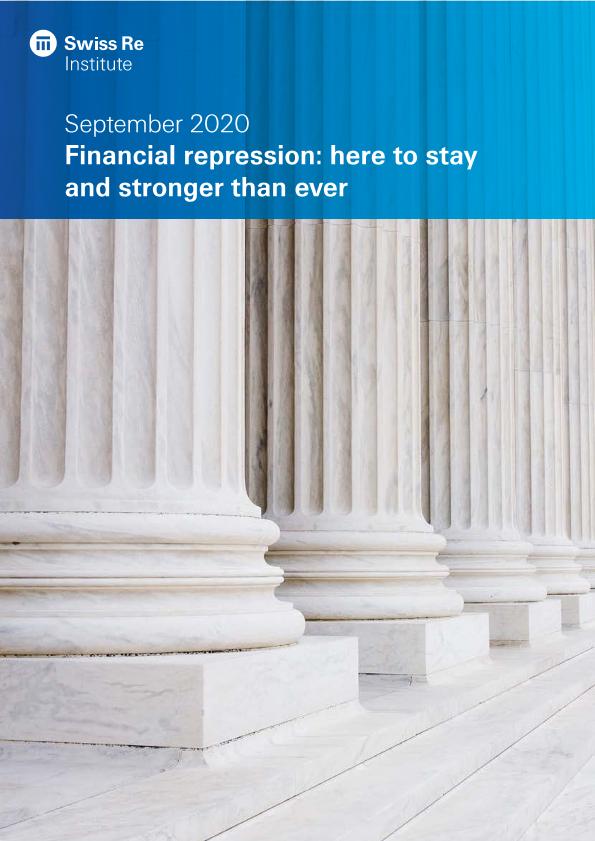Financial repression : here to stay and stronger than ever

Contenido multimedia no disponible por derechos de autor o por acceso restringido. Contacte con la institución para más información.
| Tag | 1 | 2 | Value |
|---|---|---|---|
| LDR | 00000cam a22000004b 4500 | ||
| 001 | MAP20200028727 | ||
| 003 | MAP | ||
| 005 | 20200918105023.0 | ||
| 008 | 181221e20200903deu|||| ||| ||eng d | ||
| 040 | $aMAP$bspa$dMAP | ||
| 084 | $a921 | ||
| 100 | 1 | $0MAPA20180014208$aSaner, Patrick | |
| 245 | 1 | 0 | $aFinancial repression$b: here to stay and stronger than ever $cPatrick Saner, Fiona Gillespie |
| 260 | $aZurich$bSwiss Re Institute$c2020 | ||
| 300 | $a8 p. | ||
| 490 | 0 | $aSeptember 2020 | |
| 520 | $aFinancial repression - governments' influence on private capital allocation through monetary policy, regulatory means or direct market intervention - reached a new high in 2020 when the COVID-19 pandemic accelerated. As this environment persists, it is crucial that governments review the cost-benefit analysis of their policy mix to ensure the impact is sustainable for the long term. We calculate that on average, since the global financial crisis (GFC) of 2008-09 the net "tax" on US households from foregone interest income on deposits, pensions and life insurance assets has been USD 160 billion per year (see Figure 1).1 This equates to about 3.5% of the total disposable income of US households per year, or half of the average annual savings rate of 7.0% since 2008. On average, each year long-term investors such as US and European insurers and pension funds have foregone USD 185 billion of yield income, equivalent to about 1.5% of their total fixed income investments. | ||
| 650 | 4 | $0MAPA20200005599$aCOVID-19 | |
| 650 | 4 | $0MAPA20080552022$aPandemias | |
| 650 | 4 | $0MAPA20080611897$aPerspectivas económicas | |
| 650 | 4 | $0MAPA20080608316$aRecuperación económica | |
| 650 | 4 | $0MAPA20080580872$aImpacto económico | |
| 650 | 4 | $0MAPA20080586874$aPolítica monetaria | |
| 700 | 1 | $0MAPA20200011552$aGillespie, Fiona | |
| 710 | 2 | $0MAPA20170013402$aSwiss Re Institute |

